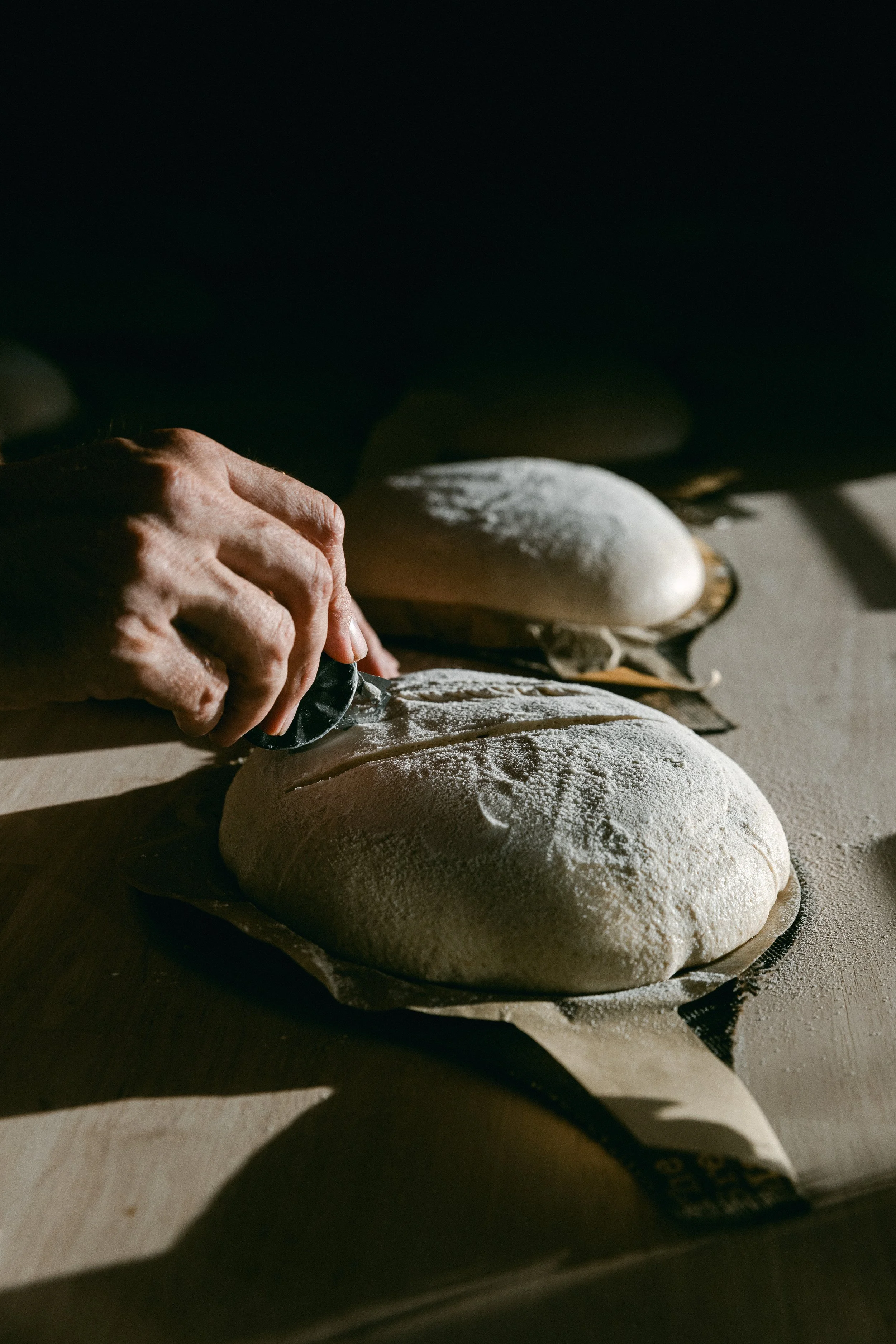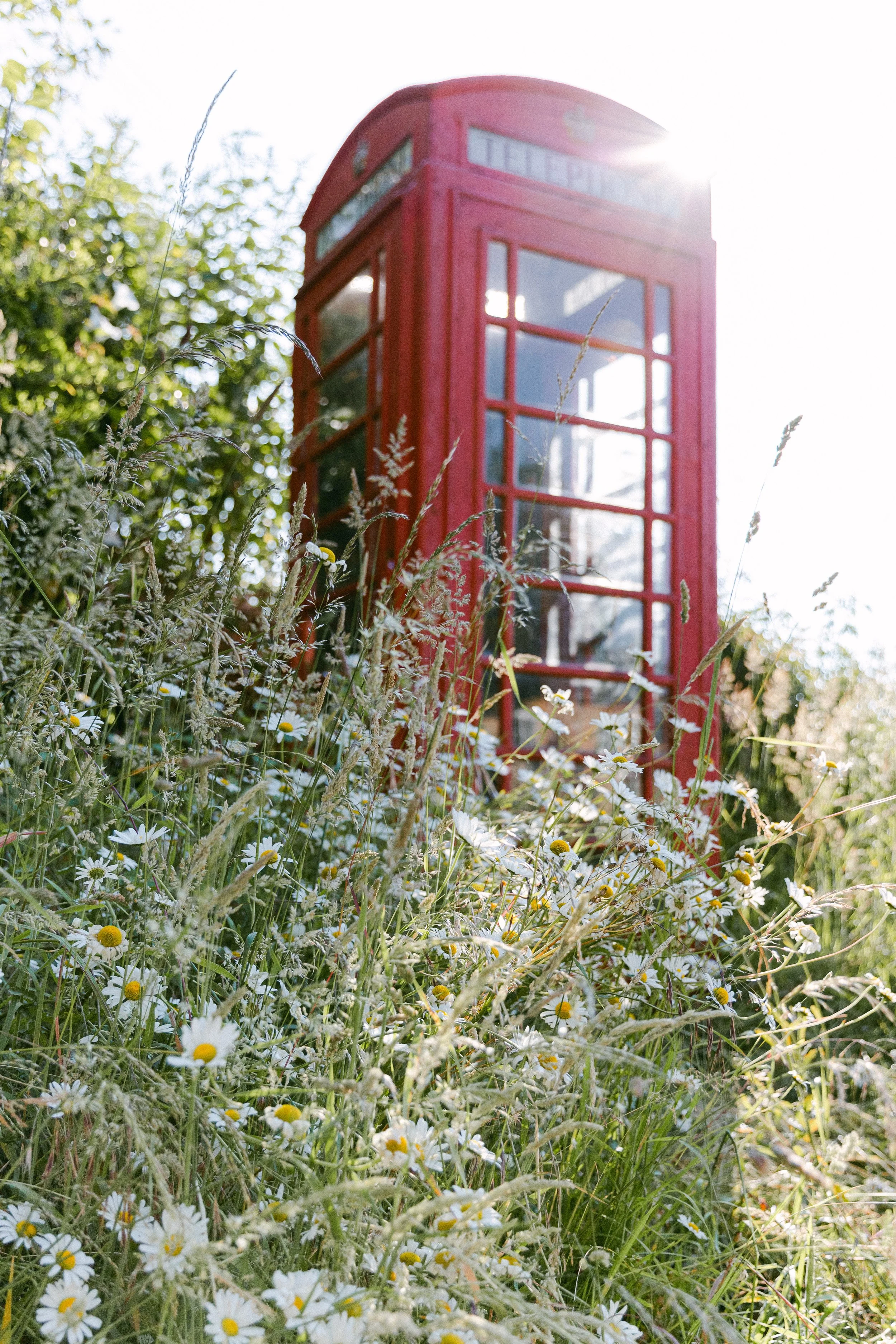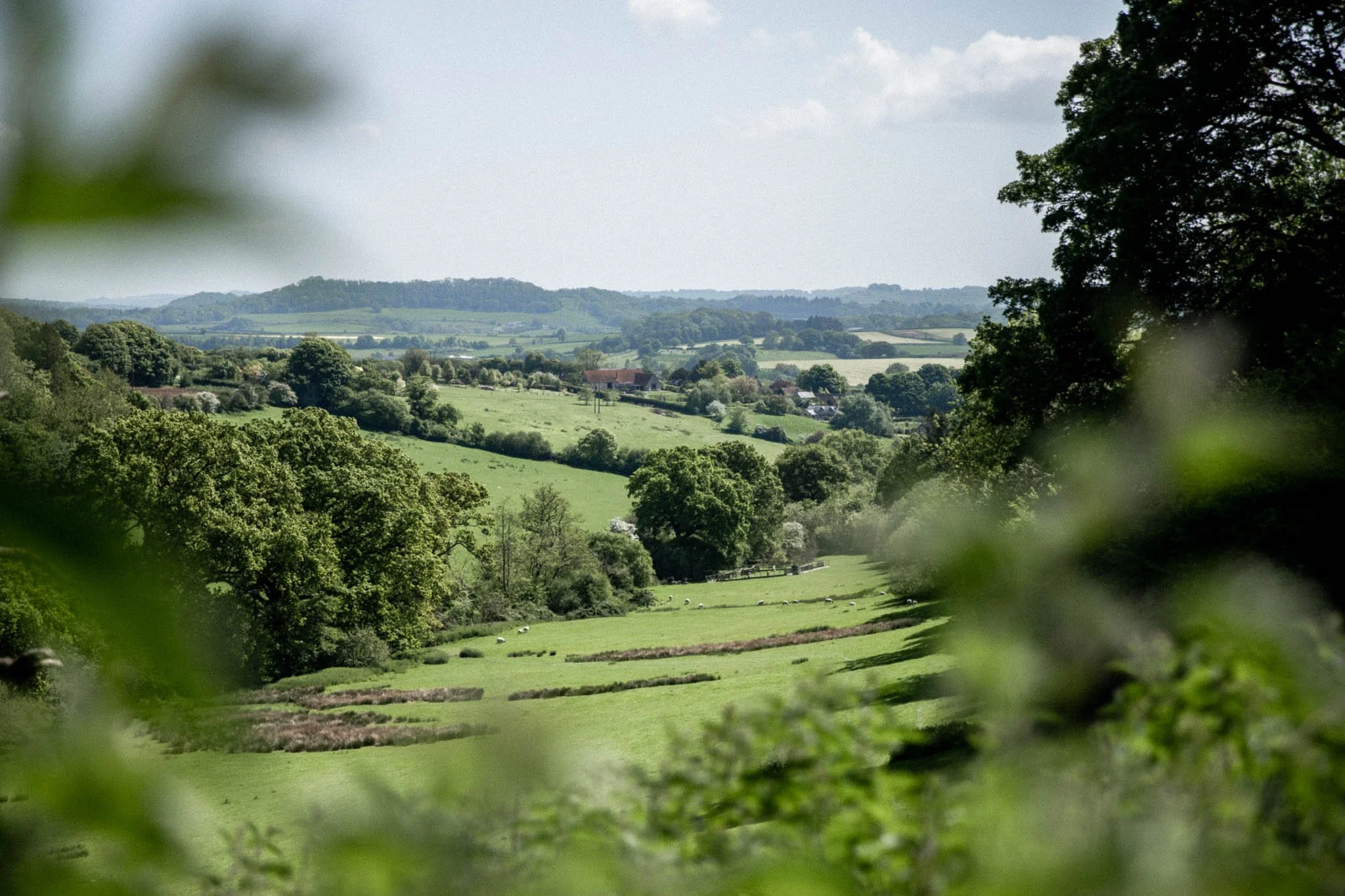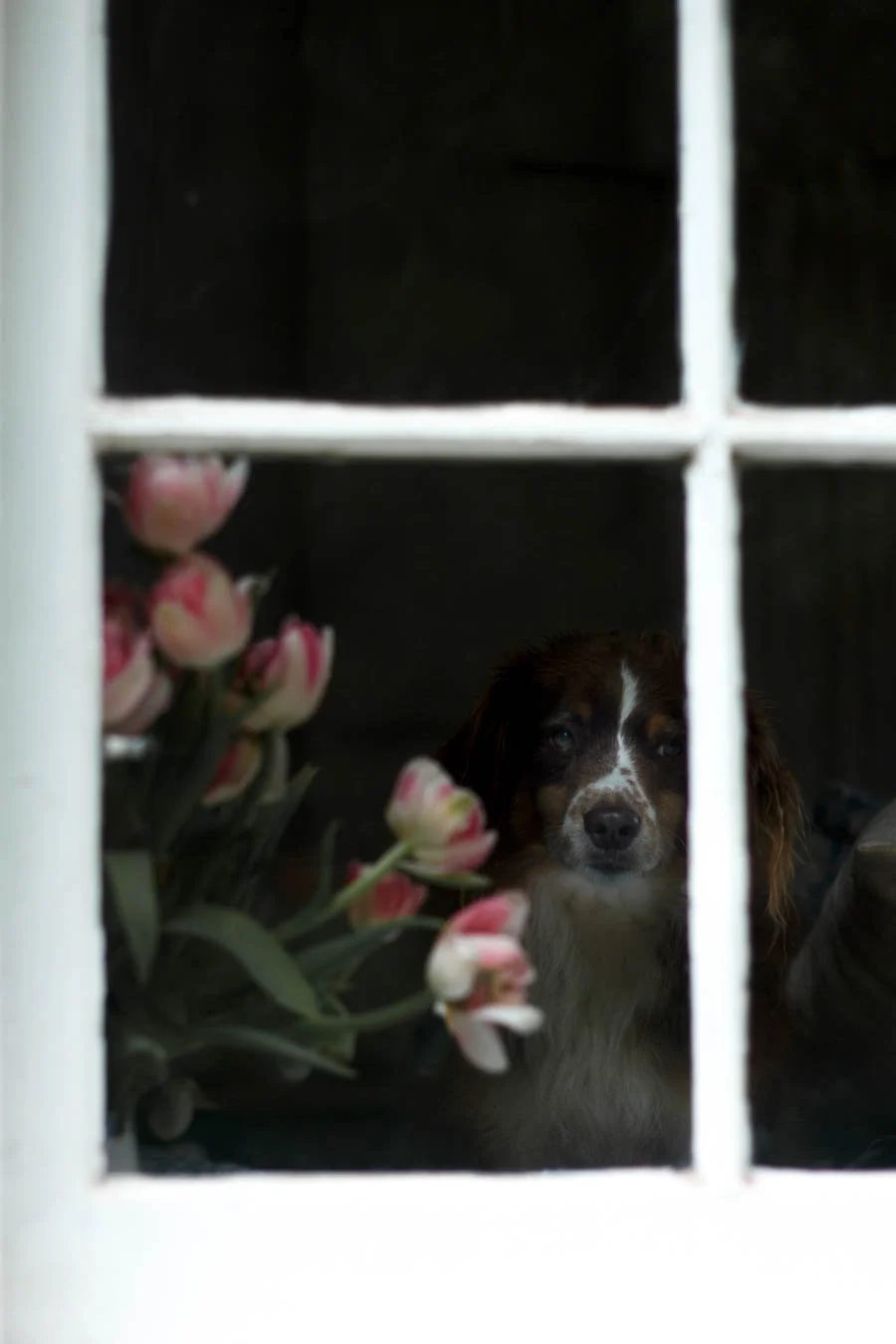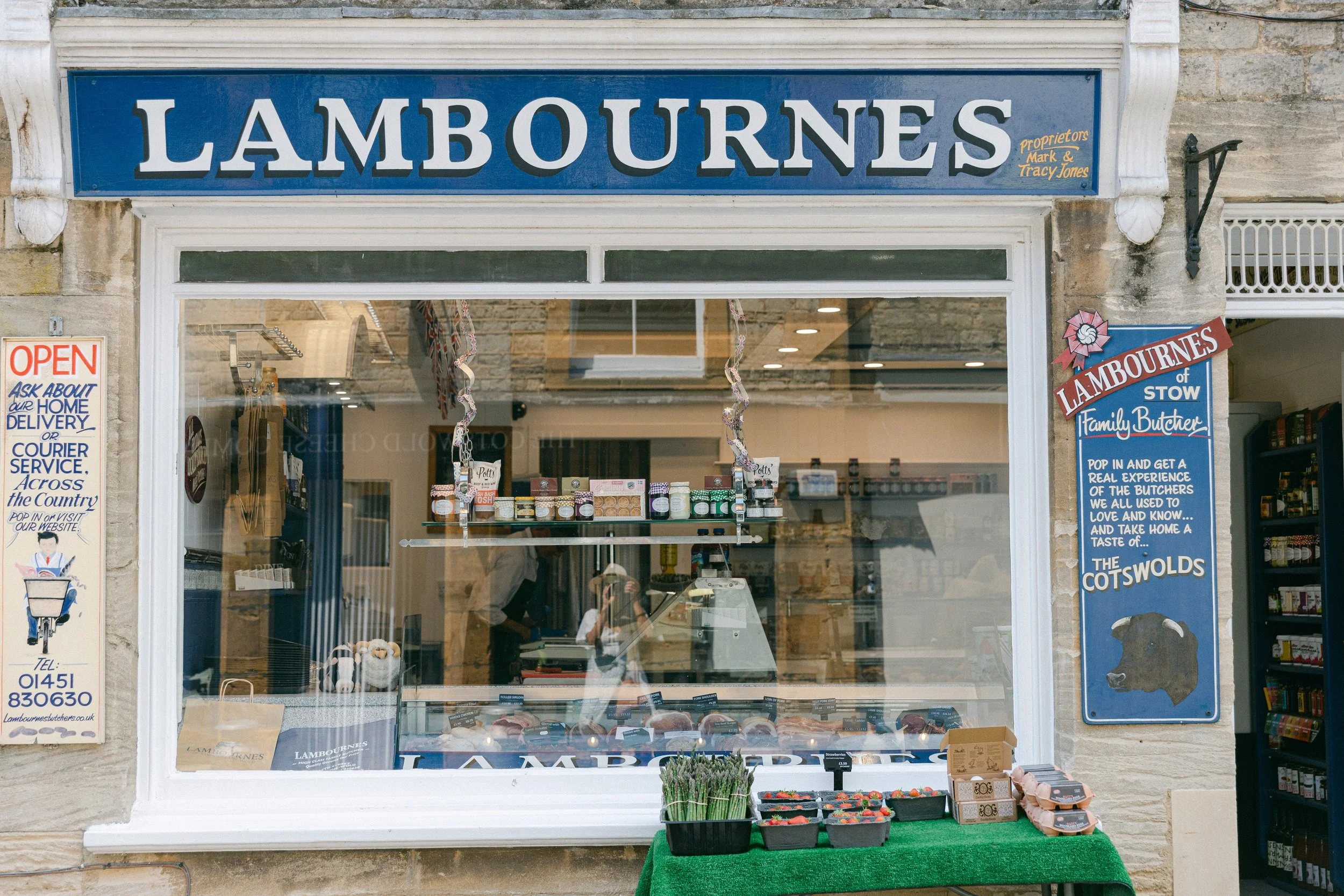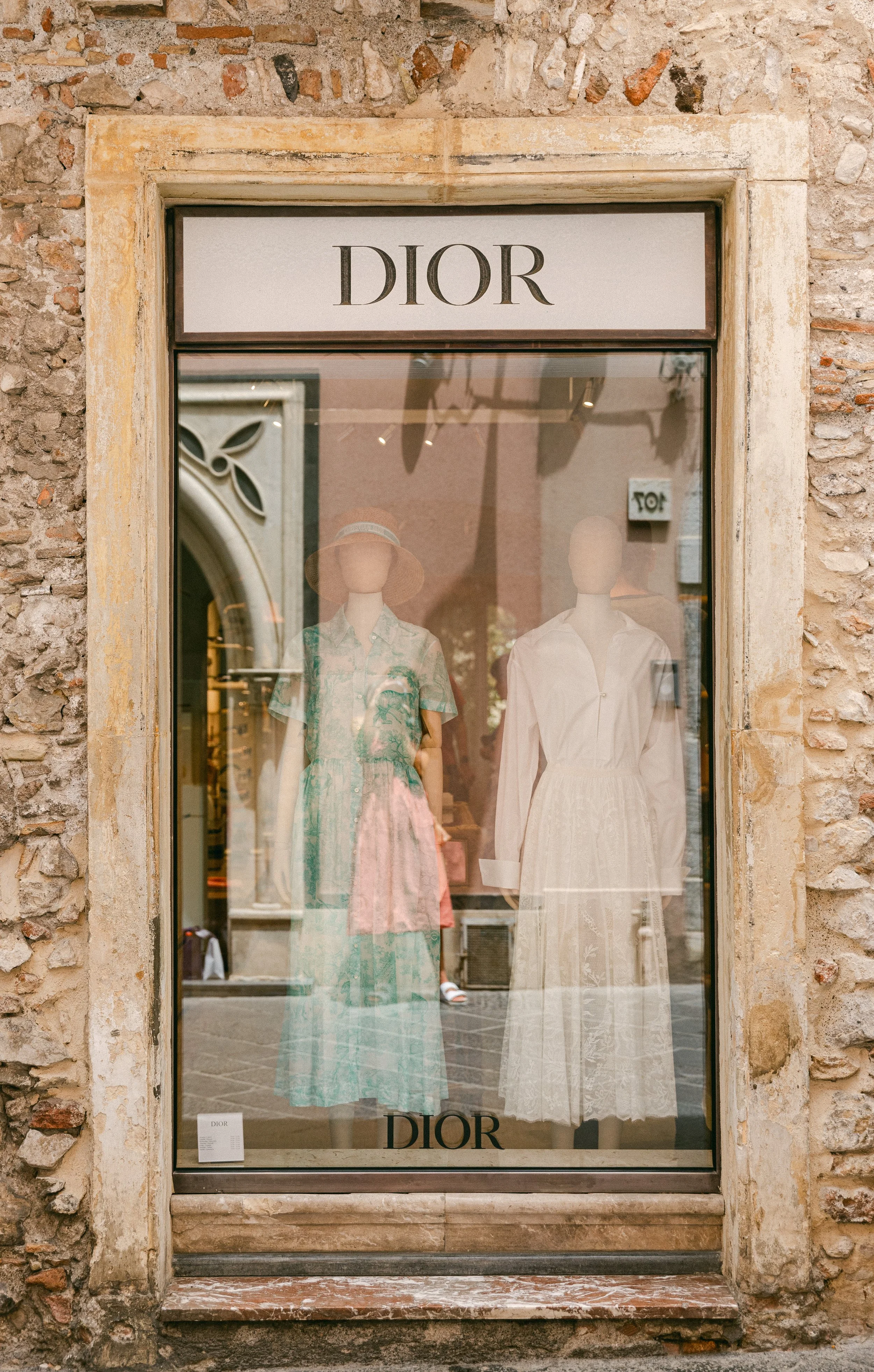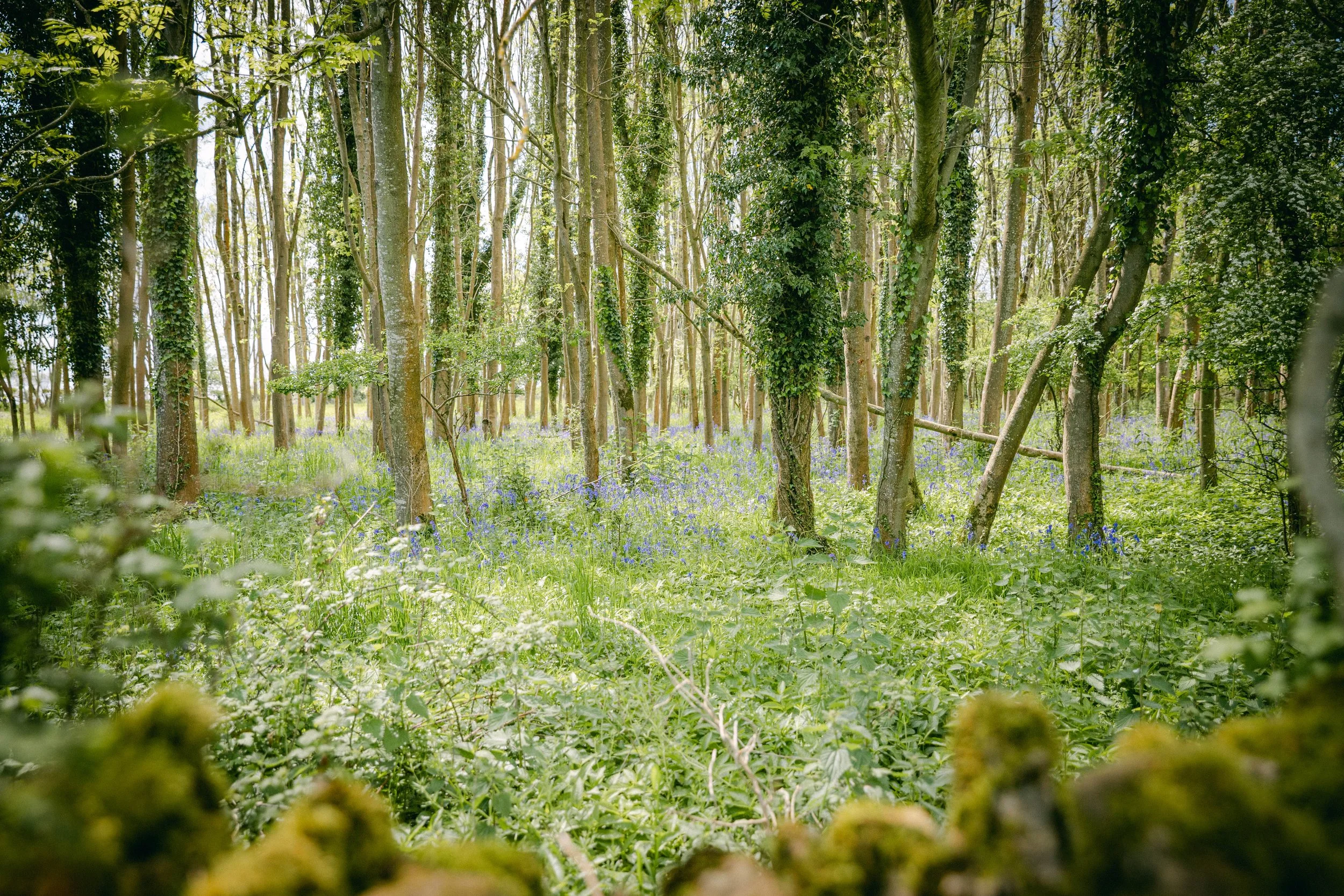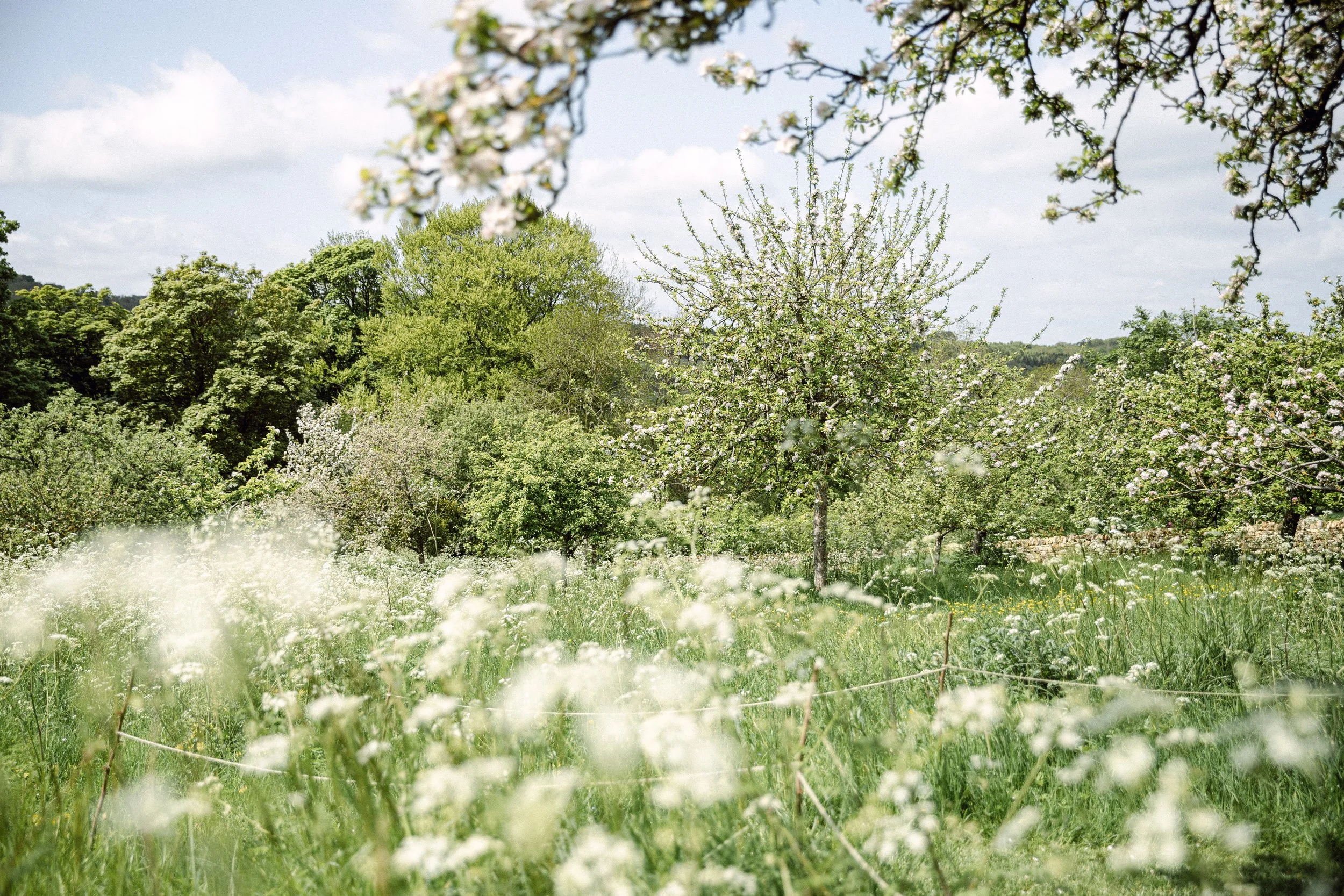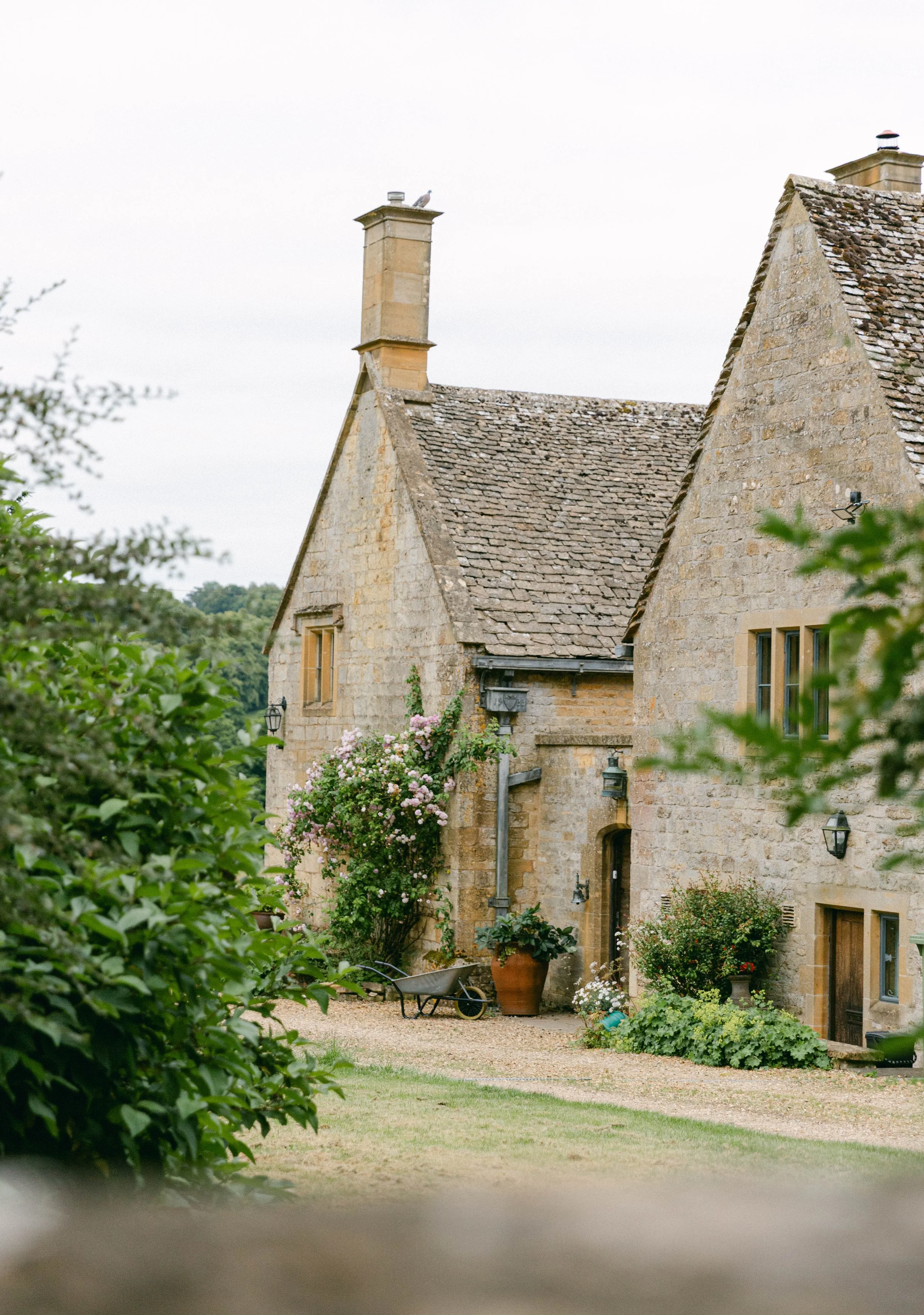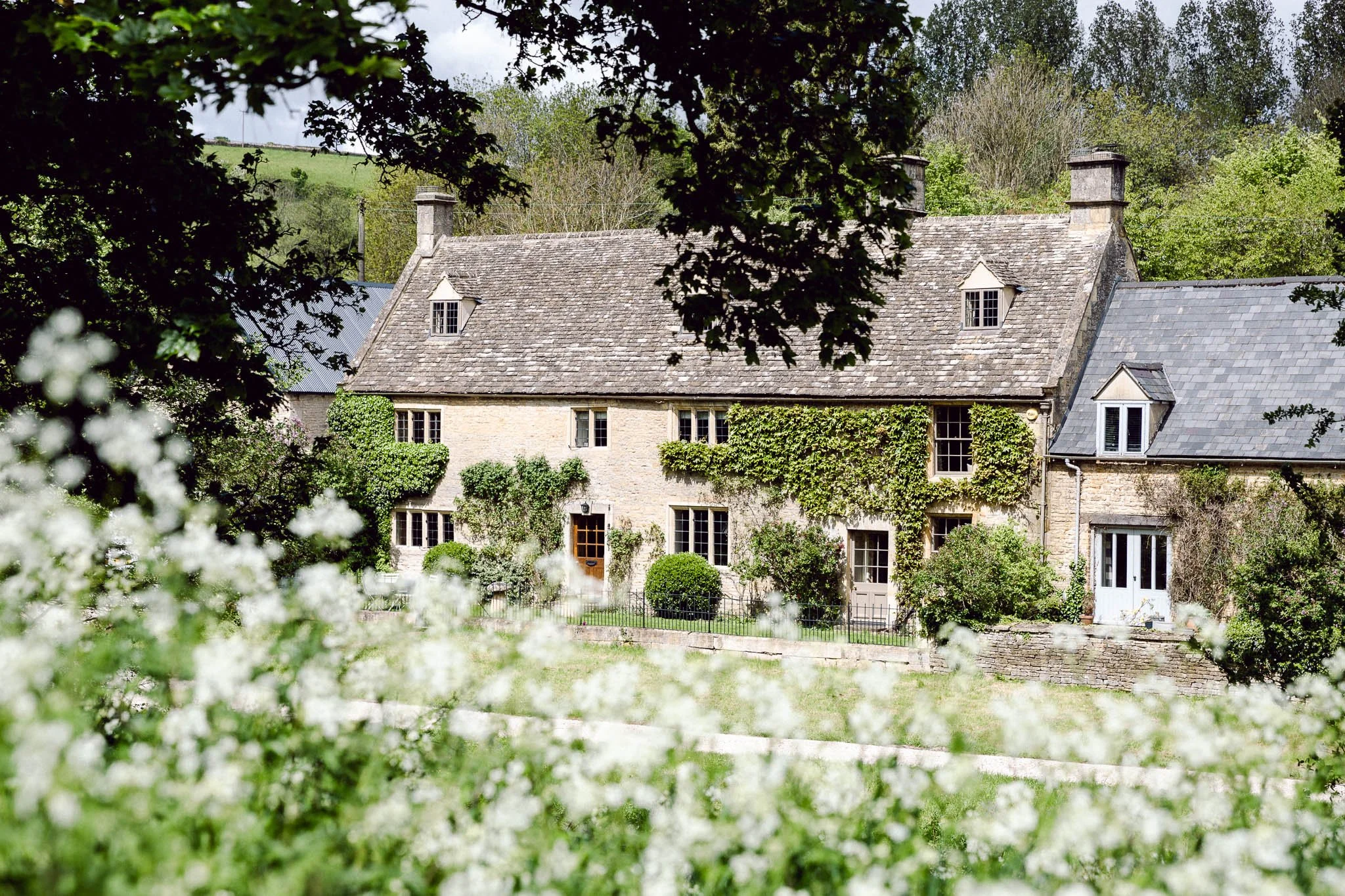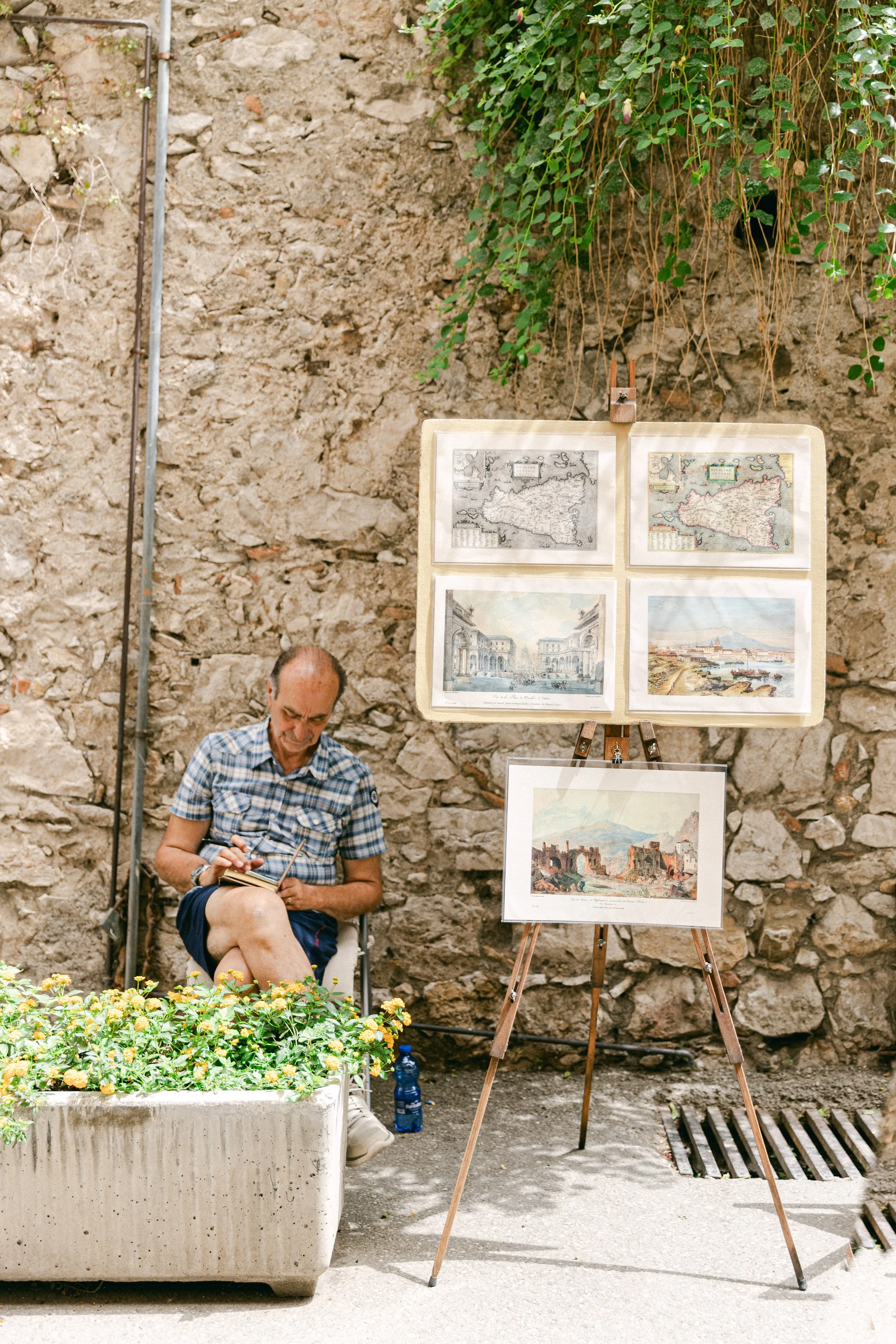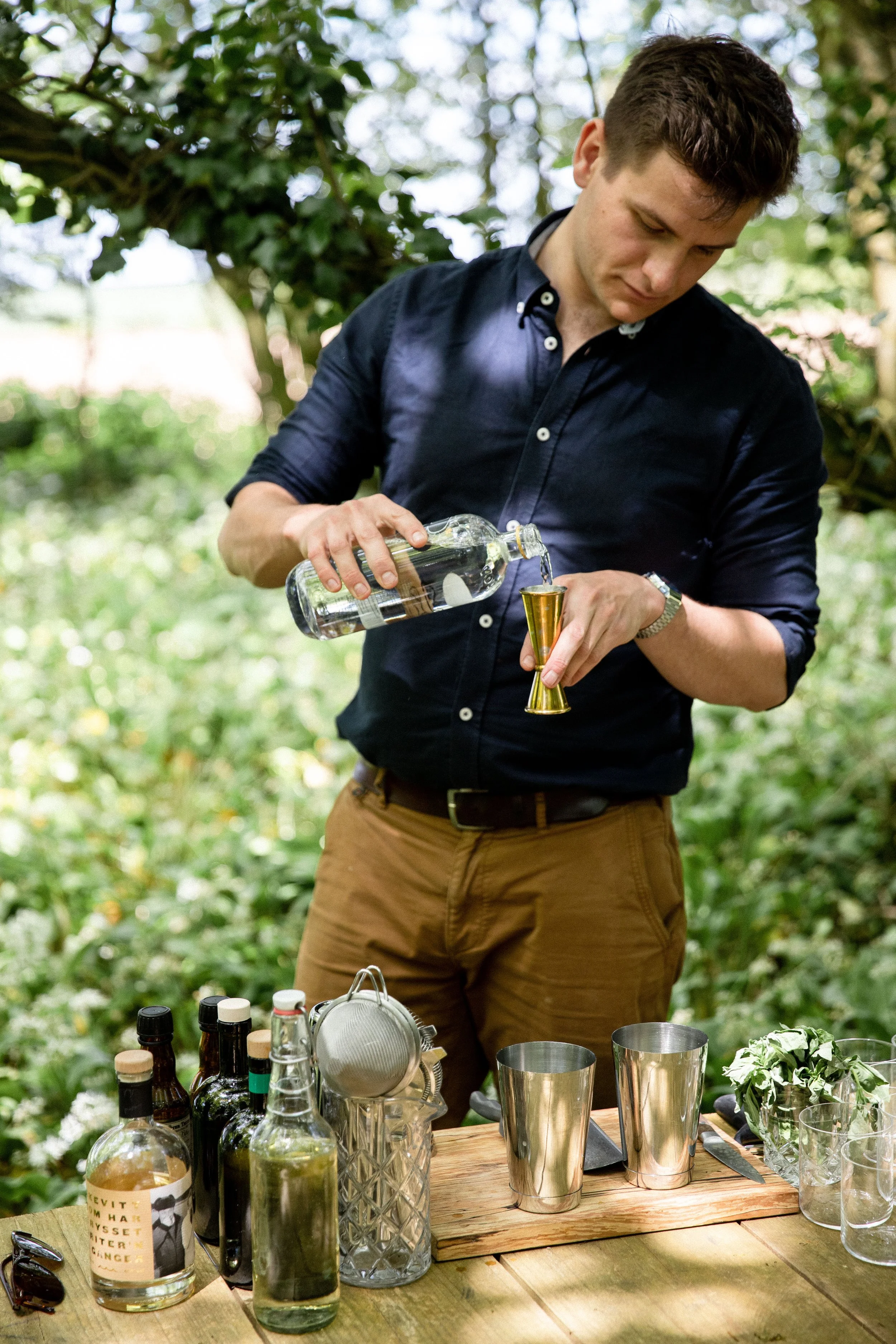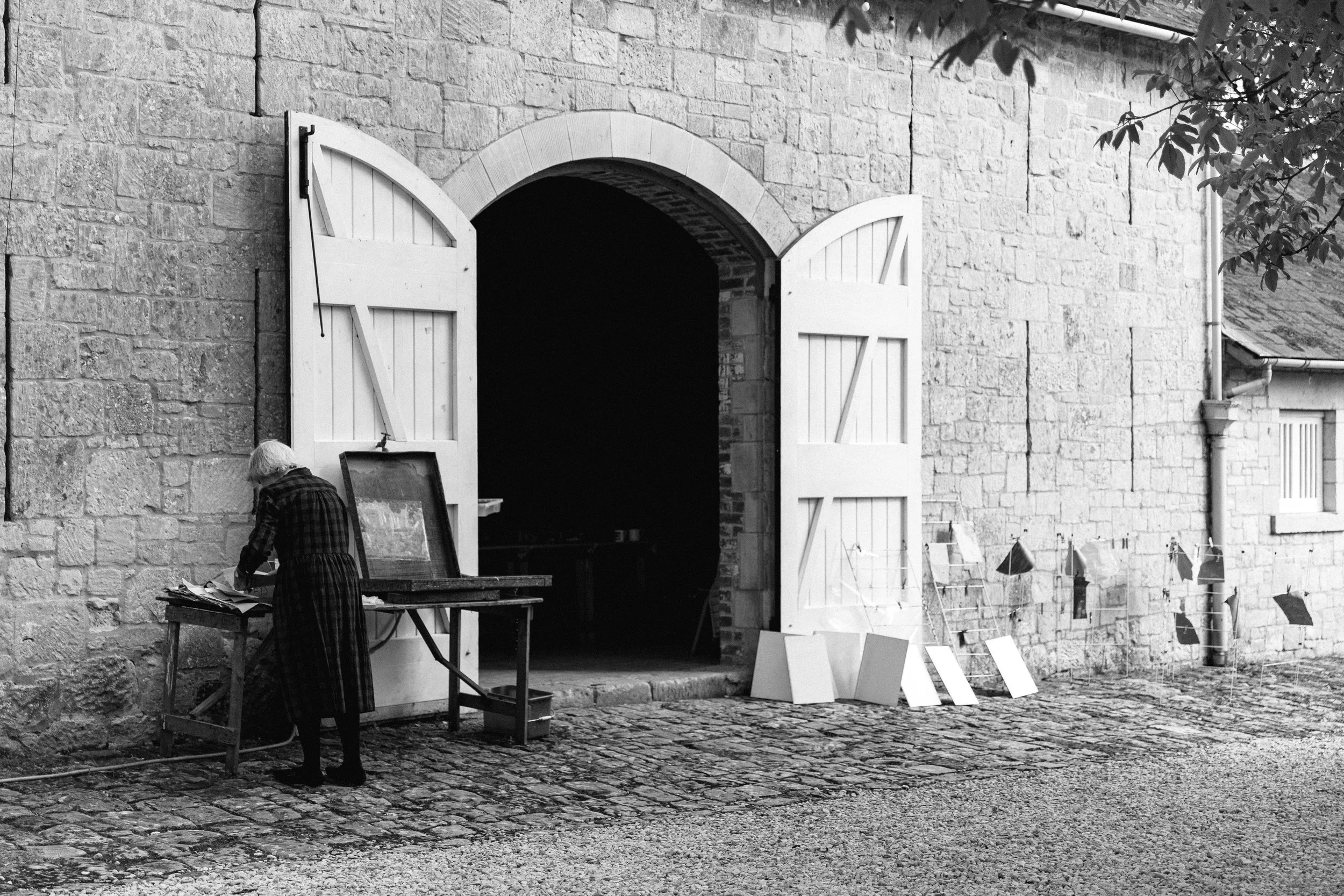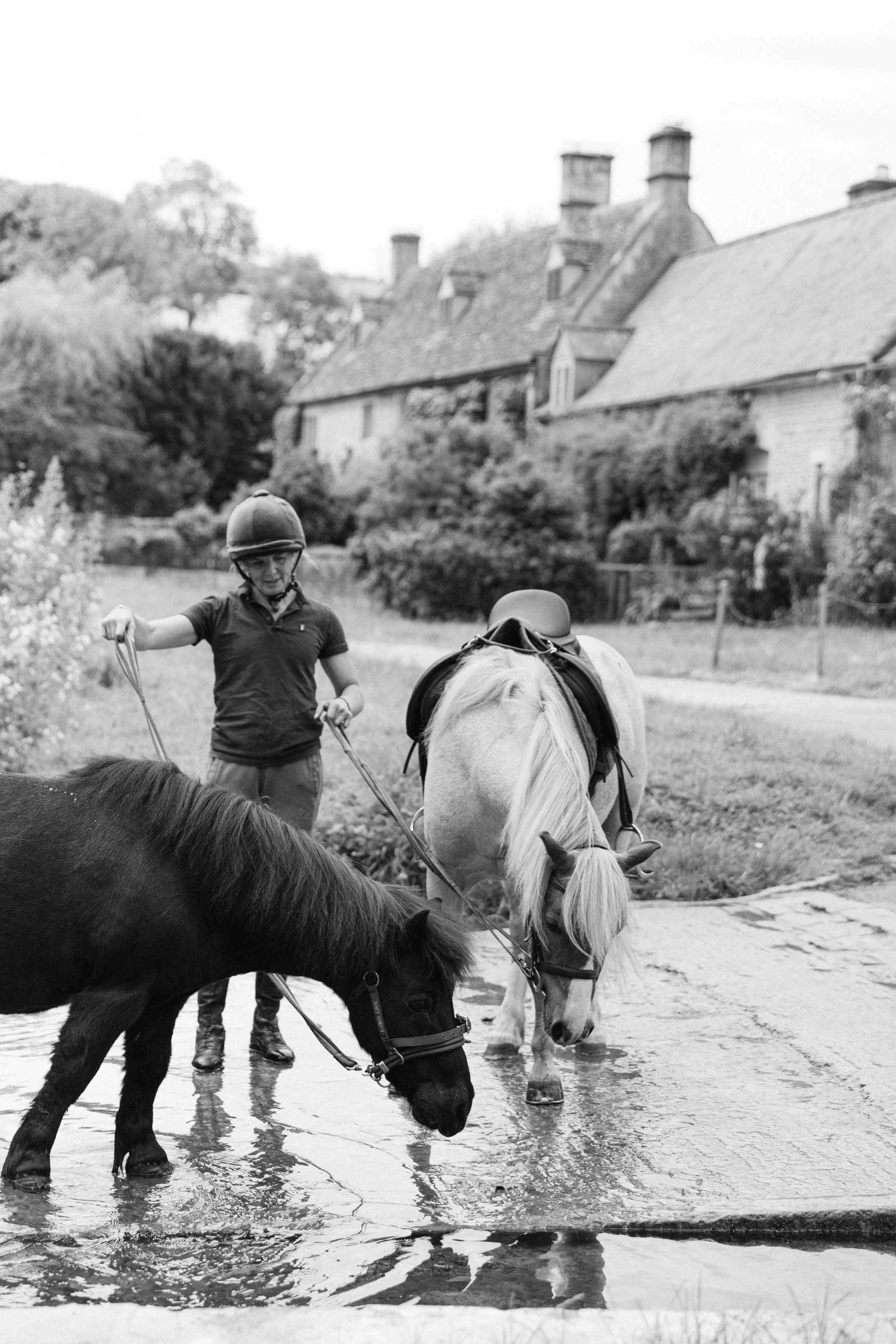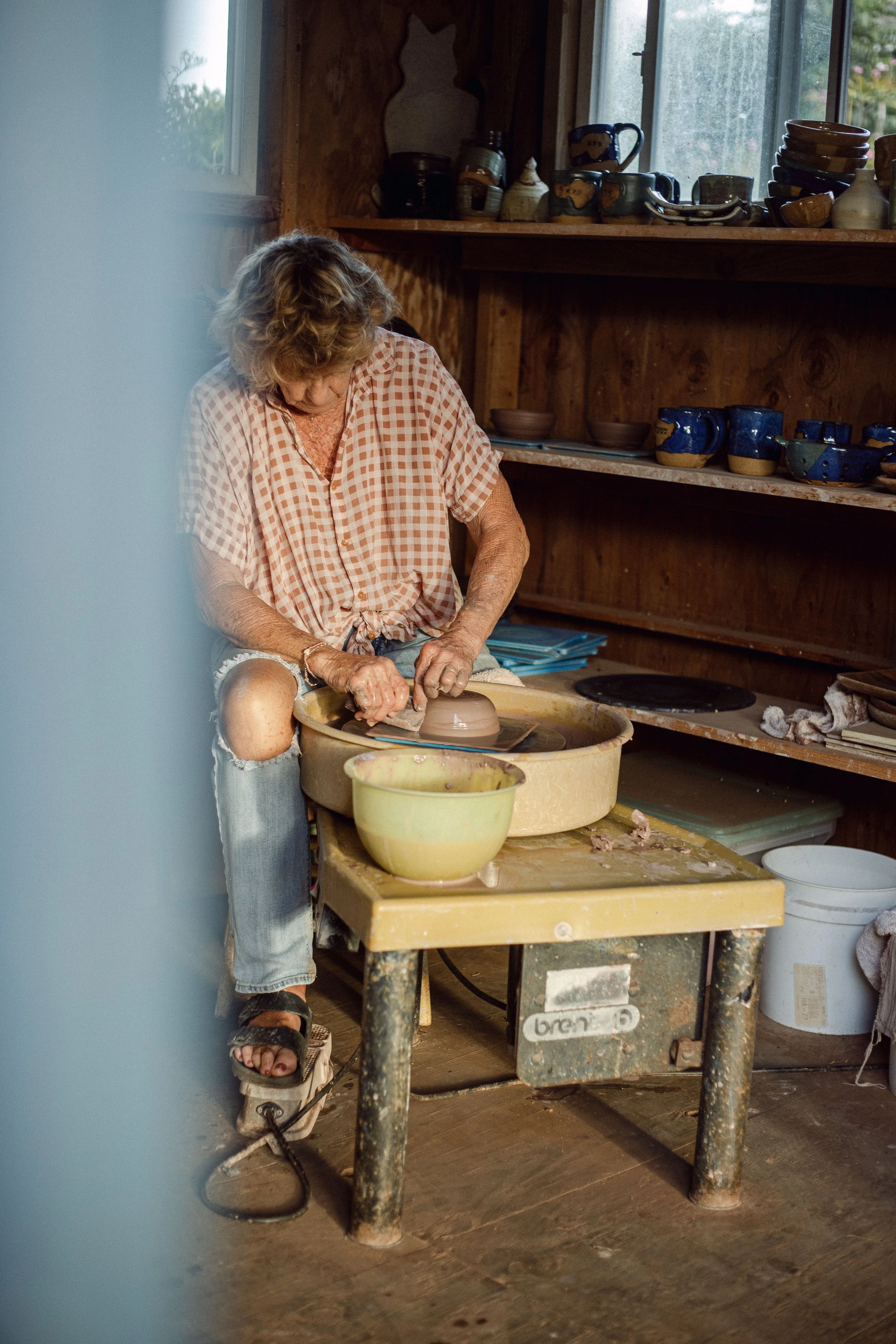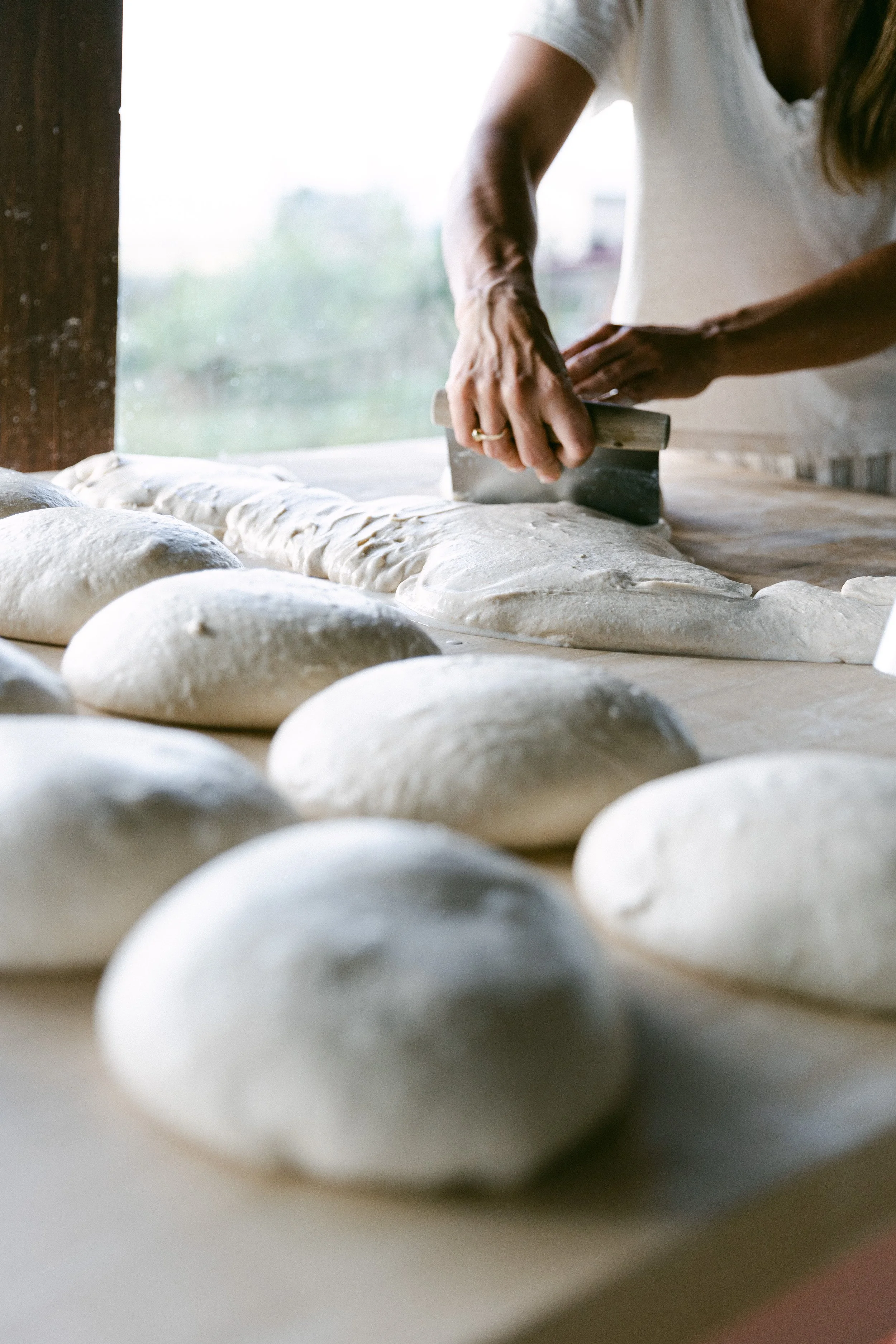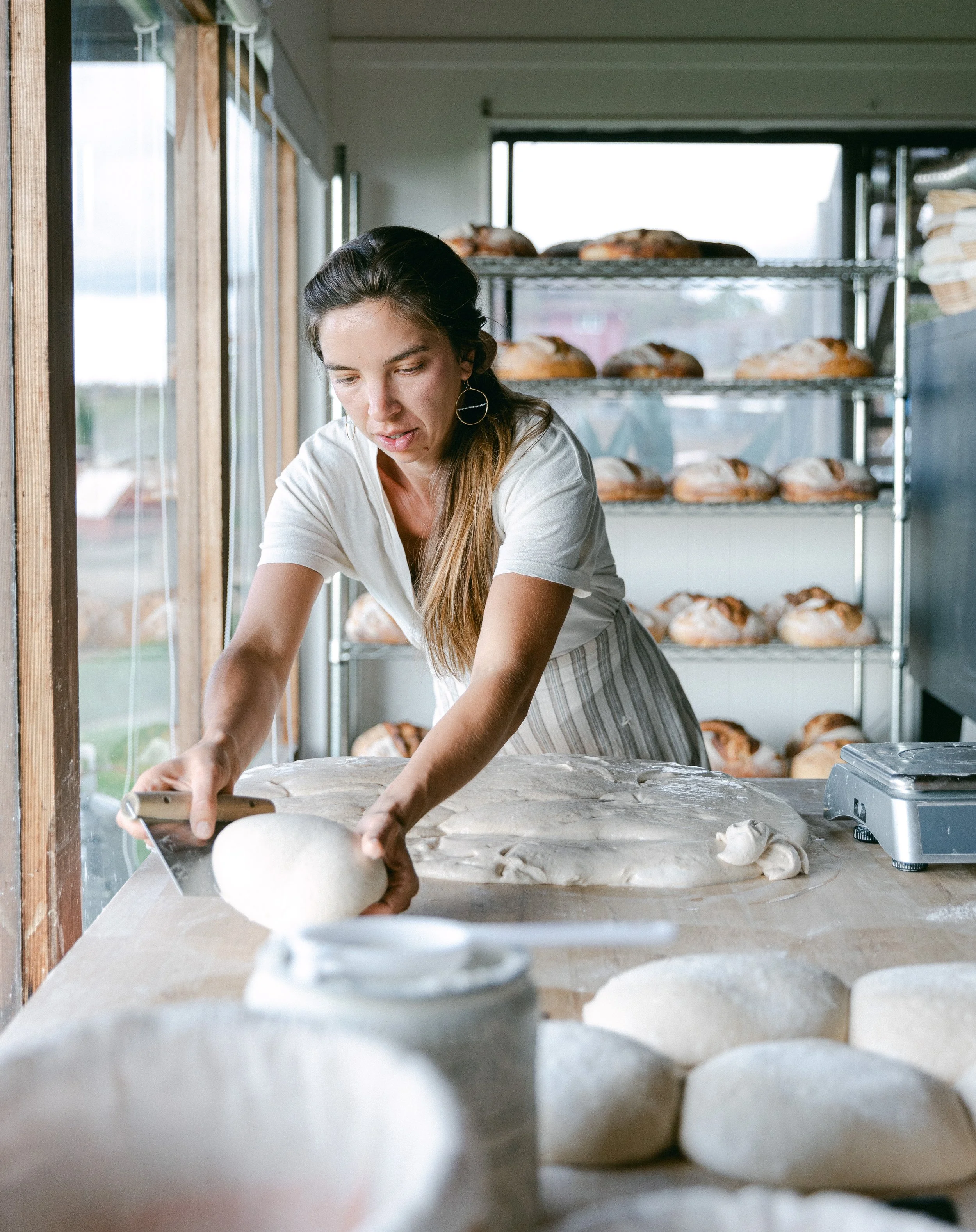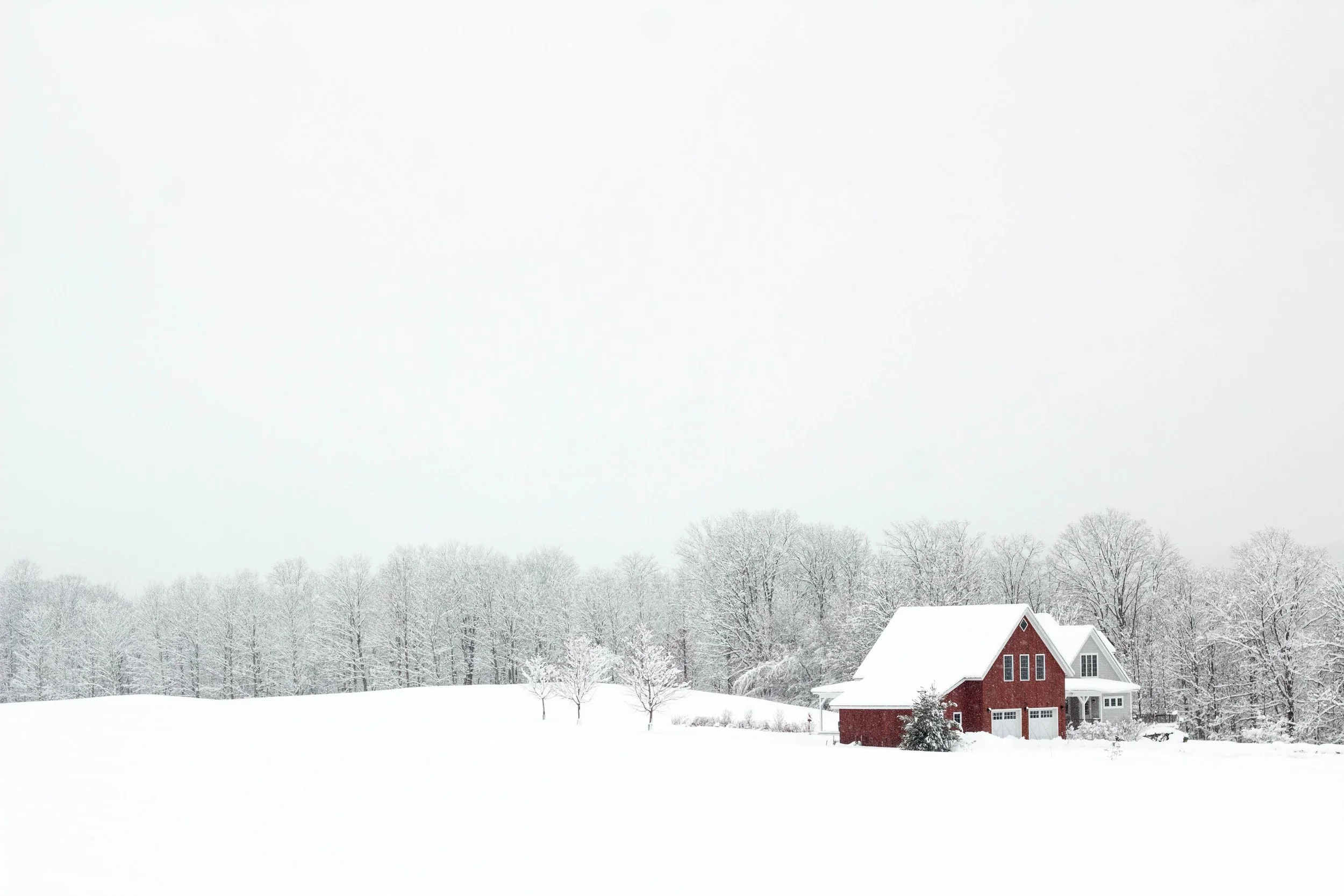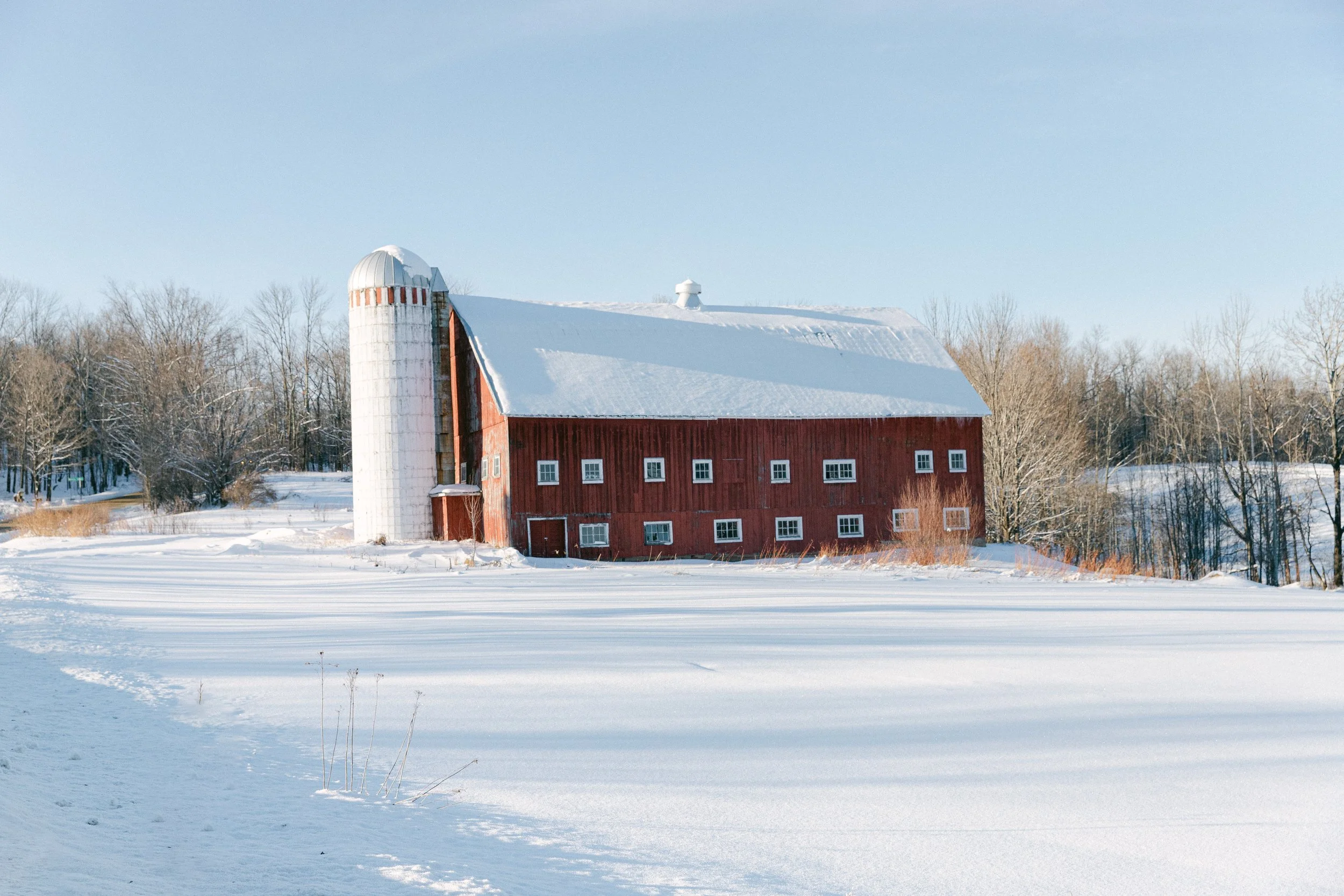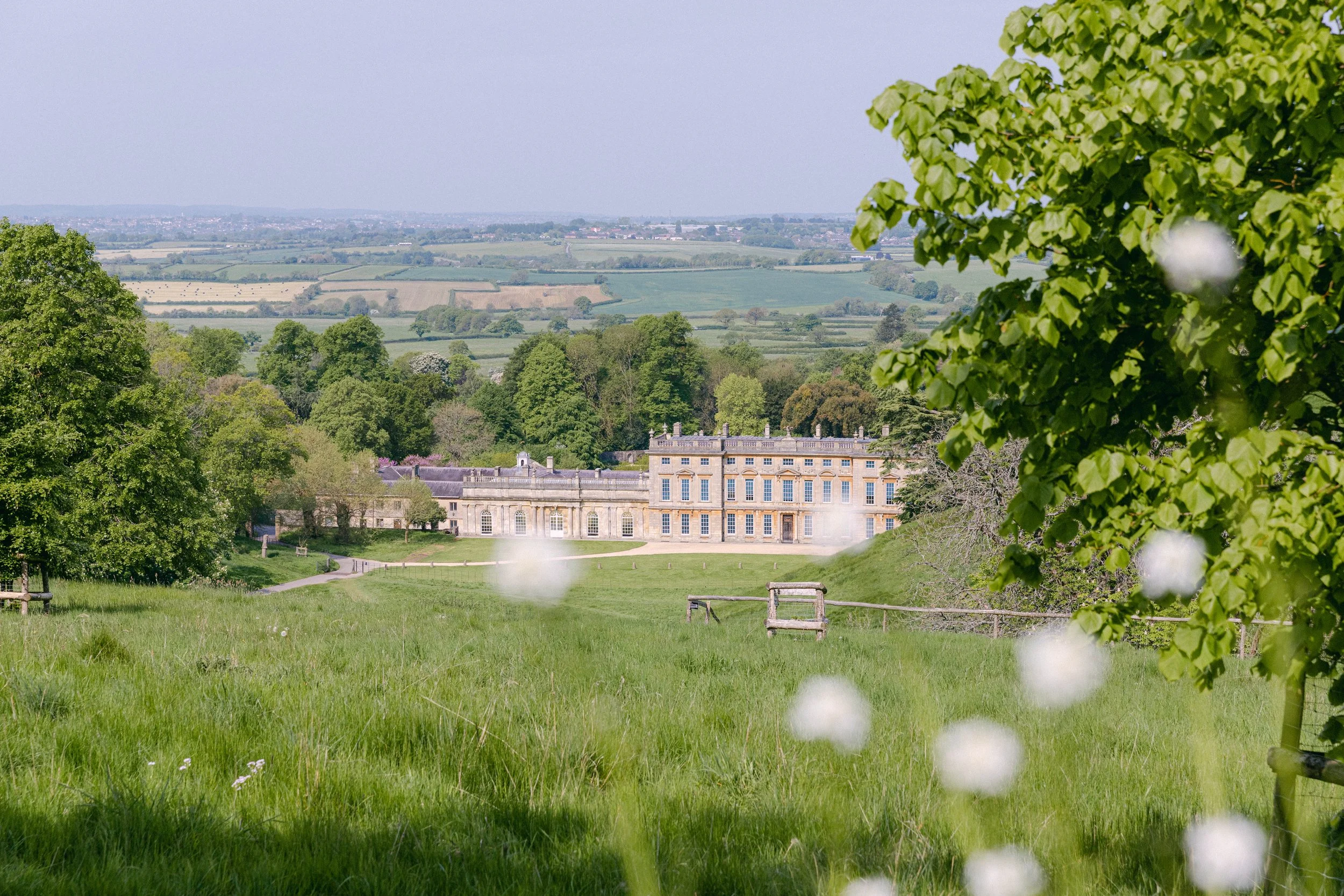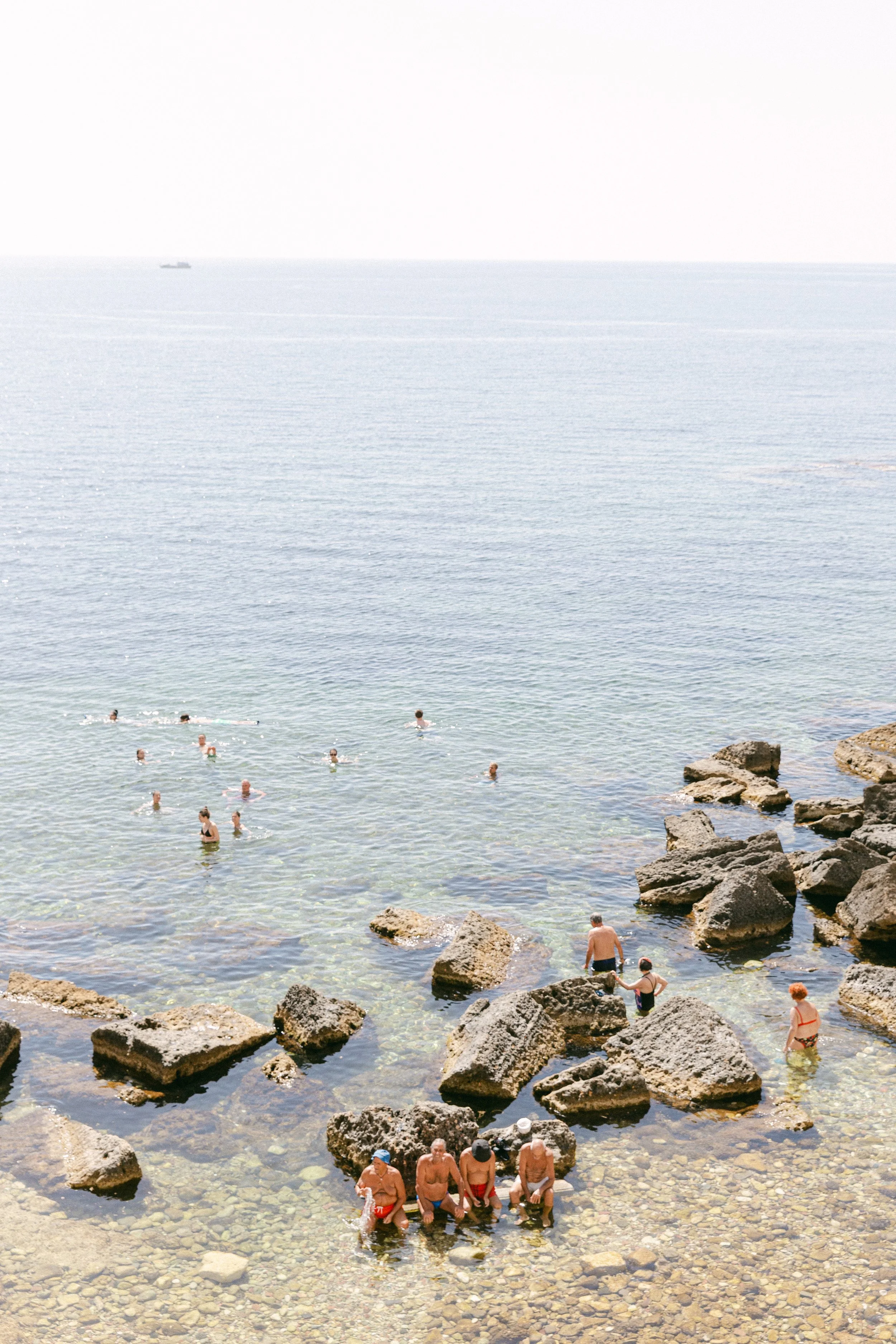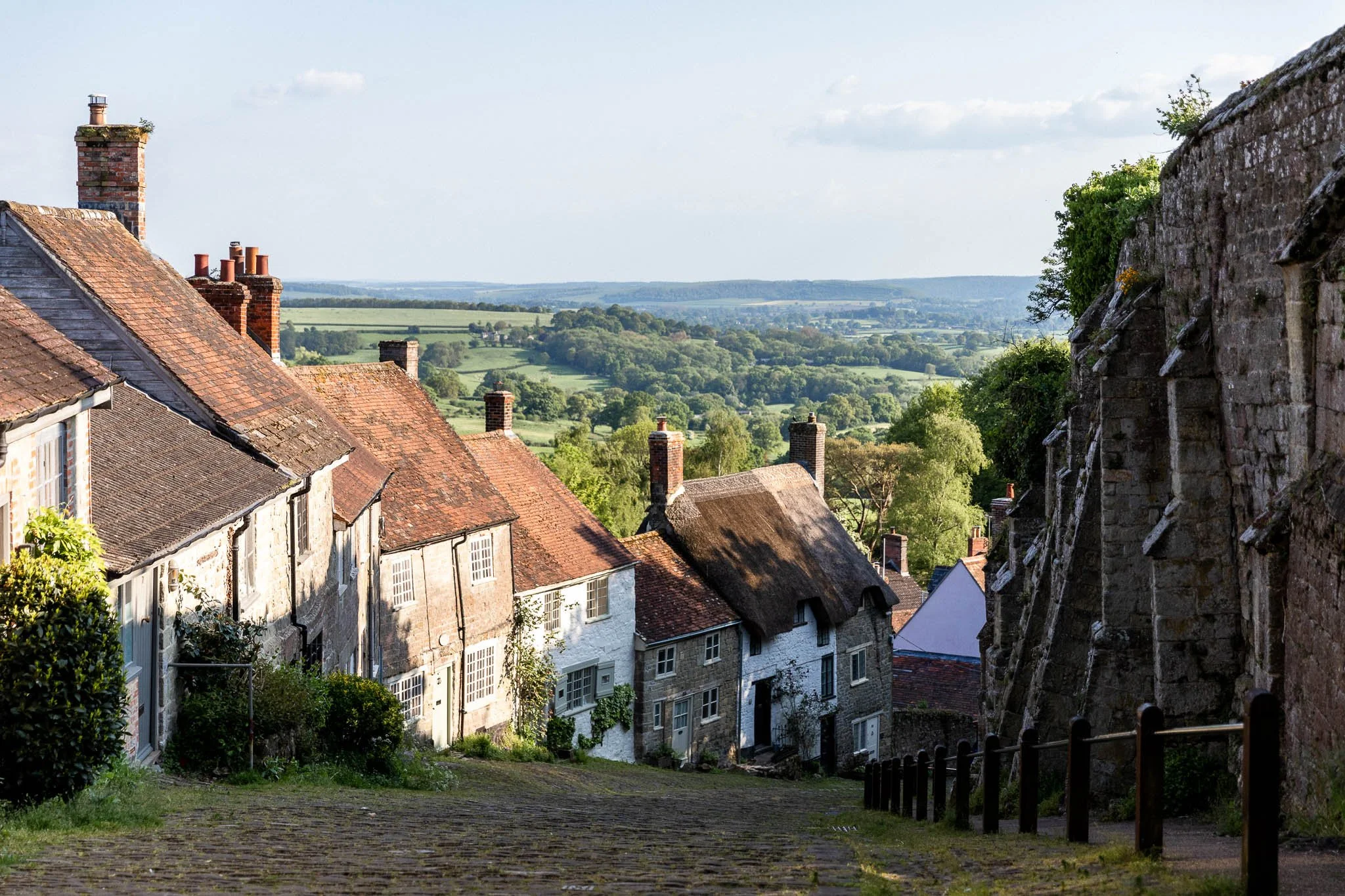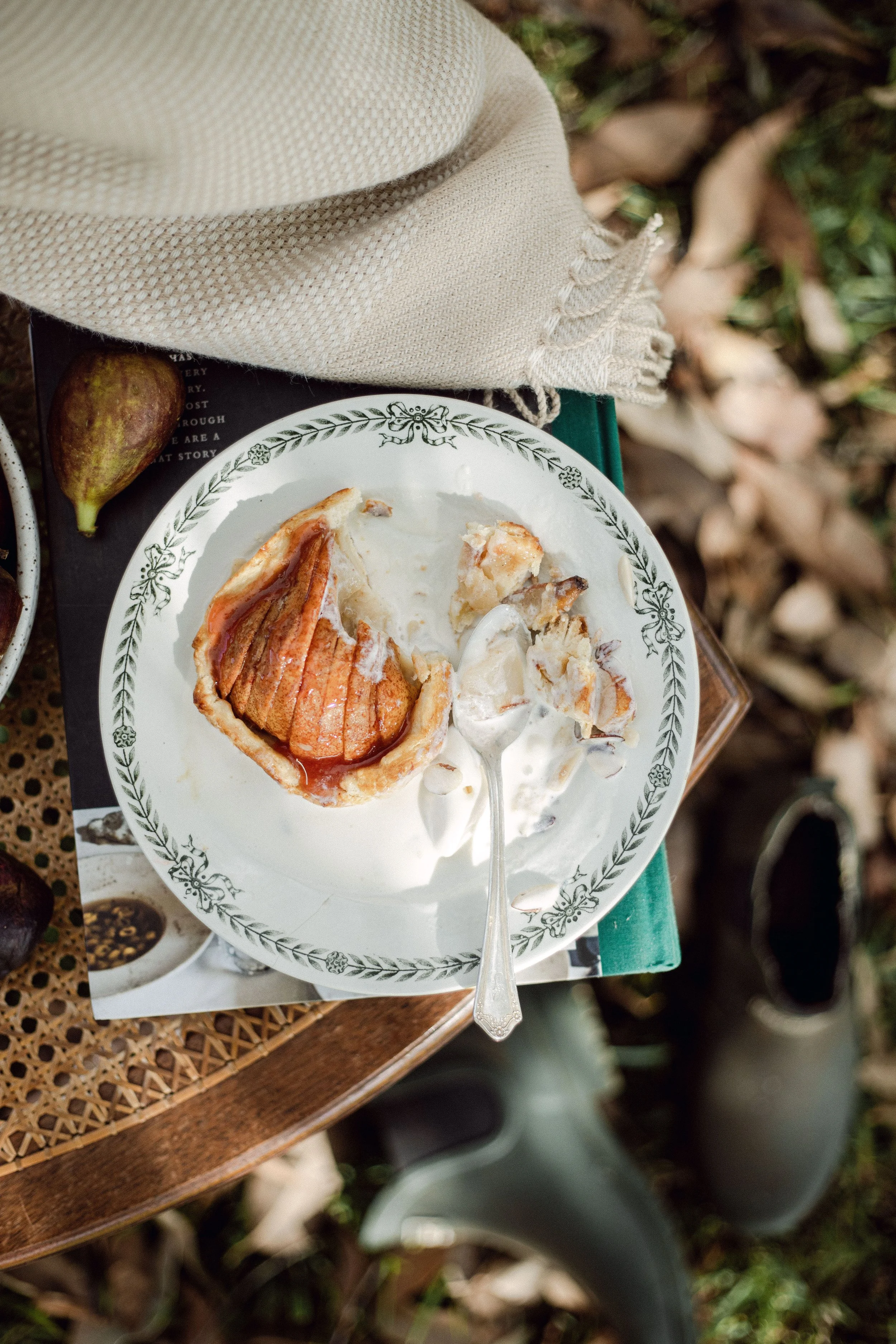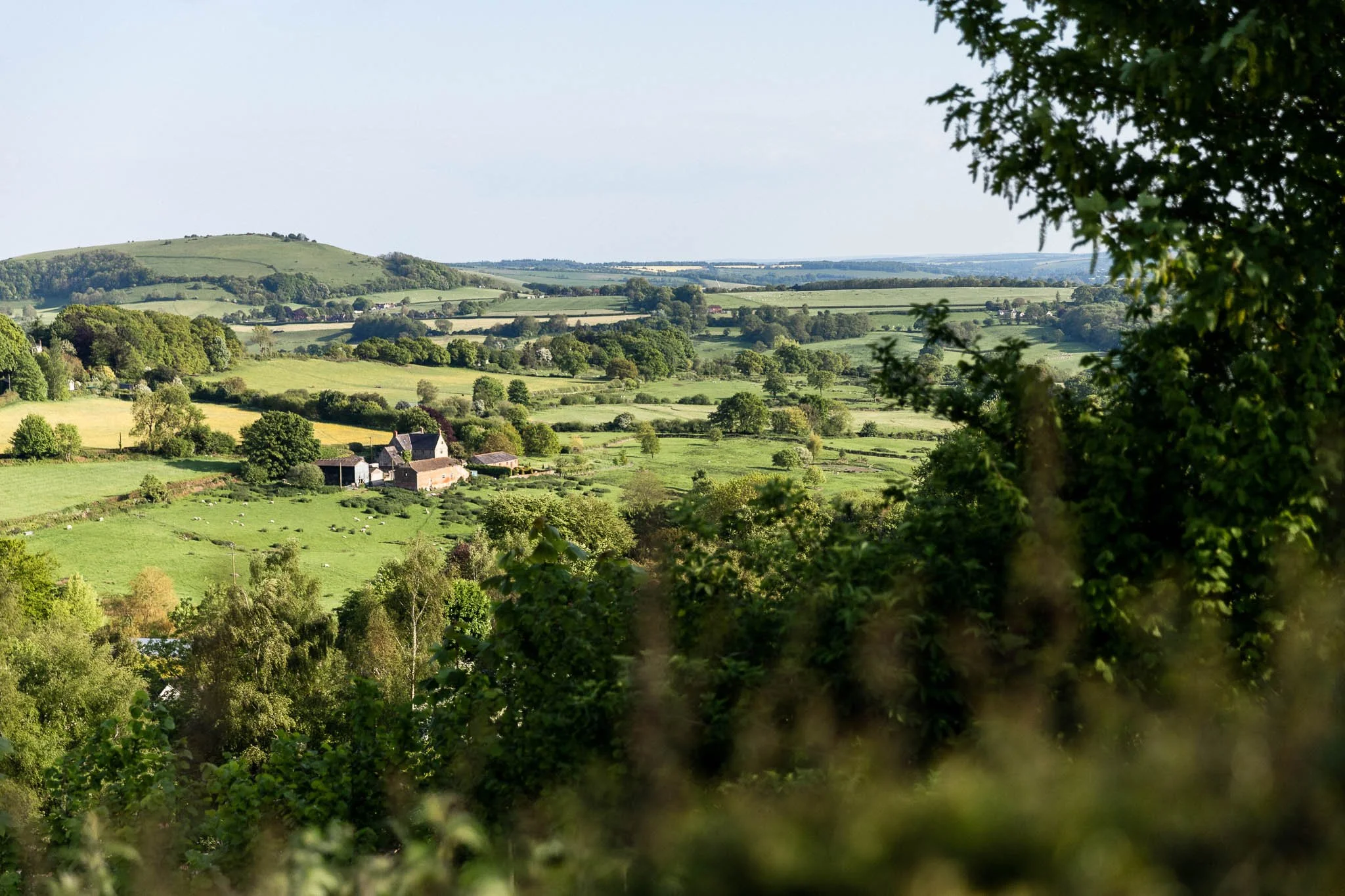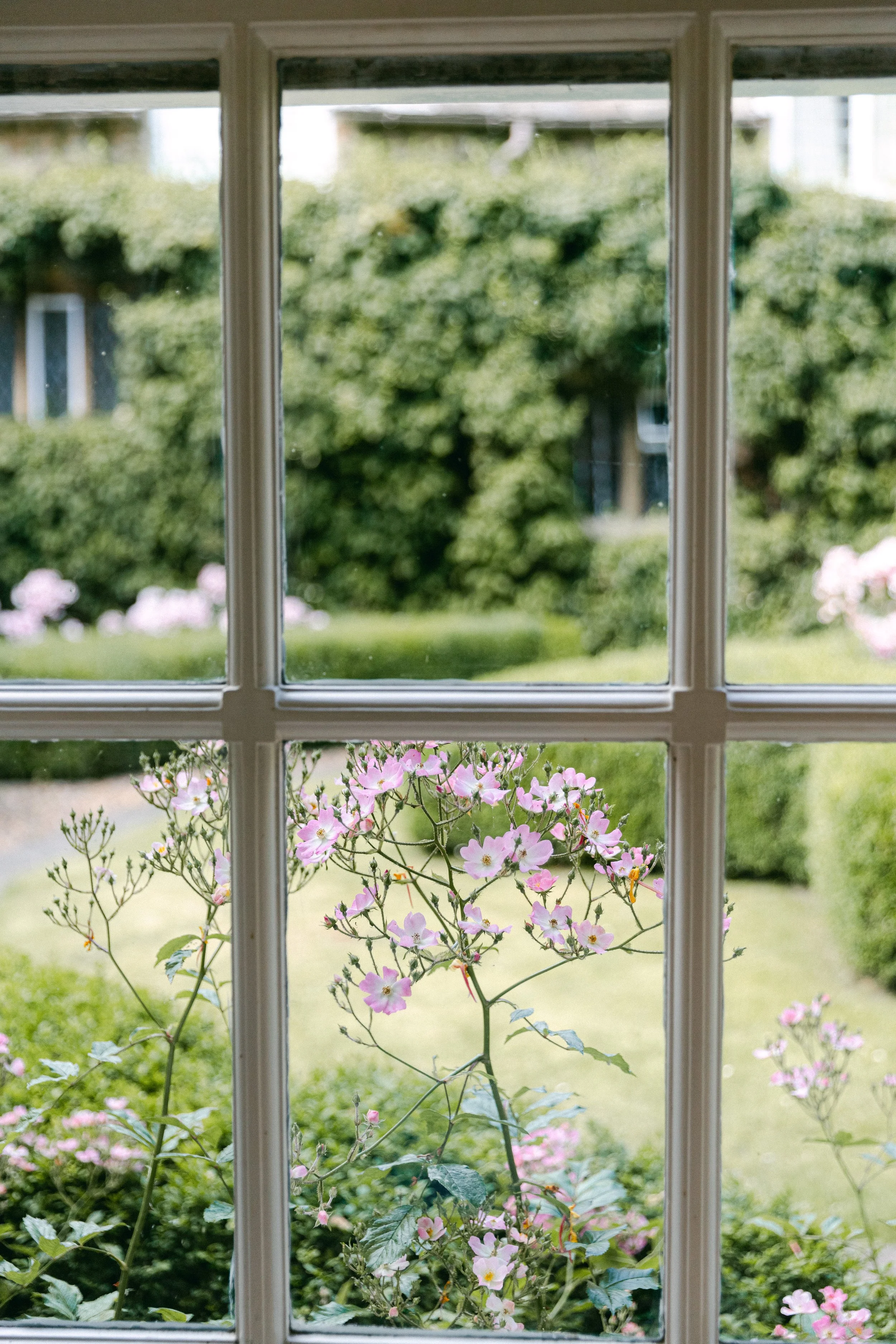What Has Improved My Photography
It’s been about five years since I truly embraced photography, not just as a hobby, but as a career. It wasn’t a full 180 from fashion design, but close enough to make me question if it was the right choice. Still, photography had always lingered in the background, ever since my mother gave me my first camera when I was seven.. I was a quiet, sensitive child, and hiding behind the lens felt like a safe place to observe and participate in the world. I didn’t realize it at the time, but I was already learning to see with intention, feel deeply, and be fully present.
Over the years, photography wove itself into the fabric of my life. It would show up unexpectedly, such as how I framed moments, noticed light, and lingered in stillness. But it wasn’t until recently that I began to believe it was more than a passing passion. I think that’s true for many of us. We dabble and play, and it becomes a quiet companion with us in life’s moments of beauty, connection, joy, and exploration. It becomes a way to express something deeper, or to honor the beauty in people and places we love. And slowly, over time, something shifts. We evolve, and so does our work.
What I’m sharing here is not a comprehensive guide, but a handful of techniques and perspectives that have meaningfully shaped my photography. These are the turning points, the moments where something clicked and I began to feel more fluid, more confident in my style, my eye, and my voice.
Some of these were quiet revelations over time, and many, many terrible photos. Others were loud aha! moments where suddenly everything made sense—and after that, I couldn’t unsee it. Of course, growth comes in waves: breakthrough, plateau, then another flicker of clarity or curiosity.
This list is personal, but I share it in the hope that, wherever you are on your own path, a few of these ideas and techniques might land gently and help you see in a new way, too.
Backlighting/Side Lighting
I know it sounds simple, but truly, when I began backlighting my subjects or lighting them from the side at 45 or 90 degrees, everything changed. My images suddenly had depth, life, and a certain kind of magic. It feels almost silly to admit how transformative it was, but lighting really is everything. You can have the most incredible scene or subject in front of you, but if you don’t understand how to read the light, how to position yourself or your camera in response to it, the image can fall flat.
Learning to shoot into the light, or to position myself and my subject so the light falls from the side, was a foundational shift. It was one of those early aha moments that completely shaped how I approach photography.
Framing
The next technique that really clicked for me and helped me refine my compositions and tell stronger visual stories was using framing within the environment. Whether it’s a window, a doorway, a tree branch, a fence, or even a shadow, creating a frame within the frame draws the eye to the subject and adds a sense of depth and dimension. I find it helps tighten my composition and can take many forms, sometimes it’s a soft, subtle frame like blooming branches, and other times it’s bold and defined, like a doorway or window.
Once I started noticing these natural or manmade frames, I couldn’t unsee them. They’re everywhere! And now, it’s one of the first things I look for when composing an image. I do a quick scan for any potential frames in my scene. This simple approach brings focus, structure, and layers to a photograph and has become a key part of style.
Reflections
Another shift that elevated my photography was exploring reflections, particularly looking for alternate perspectives through glass. Shooting through windows or reflective surfaces adds subtle complexity to an image. It introduces layers, depth, and a quiet sense of intrigue, inviting the viewer to pause and look closer.
I especially love photographing subjects through windows. The interplay between reflection and clarity creates a layered visual story, but it has to be intentional. When done well, it adds dimension without overwhelming the frame. It’s a more understated technique, but in the right context, it can make an image feel rich and emotionally textured. It’s just another perspective that we may not notice immediately.
Layering
Incorporating layers into my compositions made a significant difference in my photography. By layers, I mean creating a sense of depth by thoughtfully choosing the right aperture and identifying elements in the foreground, middle ground, and background. It could be some blurred-out flowers in the foreground, a tack-sharp house in the middle ground, and a mountain range slightly out of focus in the background. It’s about placing the subject within one of those layers and using depth of field to guide the viewer’s eye and create a more dimensional, immersive image.
Some of my early landscape work felt flat and one-dimensional. Over time, I learned to seek out or create layers, sometimes they were naturally present, and other times I had to find them by shifting my perspective, lowering my camera, or changing my position slightly. While layering isn’t necessary for every photograph, I’ve found that in nature and landscape work especially, it adds richness and helps the image feel more three-dimensional and engaging. This concept of layering goes beyond just nature and landscape photography, though. I apply the same layering principle in food, street, and even portrait photography, too.
Clearly Defining My Subject
Looking back at some of my older photos, I can see that I often tried to include too much in a single frame. The result was images that felt busy and unfocused, with no clear subject to guide the viewer. Even if I knew what I was trying to capture, it wasn’t immediately obvious to anyone else. The eye didn’t know where to land, and the story got lost in the clutter.
Learning to clearly define my subject, whether through lighting, positioning, color, negative space, framing, cropping, or the angle I chose, made a huge difference. It allowed me to be more intentional and direct, which in turn made my images stronger and the story within them more interesting. Now, when I shoot, I aim for absolute clarity; there should be no doubt about who or what the subject is. I appreciate that it’s not everyone’s style, but for me, I want my subject to be crystal clear in my composition.
Sequencing
This is something I learned gradually over time. Sequencing refers to how a story unfolds through a series of images, rather than relying on a single shot to do all the storytelling. I used to take one photo and move on, but eventually I began to think in sets, capturing three to five images of the same subject or scene from different angles or perspectives, and how they flow or connect from one to another. That might include a wide shot for context, a few closer details, and a hero shot of my subject.
Of course, a single image can still be powerful on its own. But working in sequences allowed me to tell a fuller, more nuanced story. Each image added depth and context, and together they created a more complete narrative. The more I practiced this way of shooting, the more naturally I began to see stories as unfolding moments rather than isolated frames.
Embracing Negative Space
Early in my photography journey, I constantly second-guessed my compositions whenever there was too much empty space. I’d crop or reframe the shot, trying to fill every corner with something, anything, to make it feel complete. It took time and experience to realize that negative space isn’t something to fix or avoid. It’s a powerful compositional tool in its own right.
Negative space allows your subject and your viewer to breathe. Like silence in music or a pause in conversation, it holds weight. Silence can speak louder than words. And that translates into your compositions, too. It creates balance, draws attention, and evokes emotion without needing to add more. What once felt like “empty” now feels intentional, an invitation to feel rather than just look. It’s not wasted space; it’s space that speaks. When used well, it can say more than any added detail or added element ever could.
Changing My Perspective
One of the common traps for new or amateur photographers is staying stuck at eye level. It’s the default view; we see the world from that height every day, so it feels natural to shoot from that vantage point. But rarely in our daily lives do we crouch low to the ground, peer through tree branches, or climb a few steps higher to see things from above.
What completely transformed how I saw through the lens was shifting my perspective — literally. I began to actively explore different angles, asking myself: What viewpoint would tell this story more clearly? What would make this scene feel fresh or unexpected? It wasn’t about doing anything extreme, just being more intentional, scanning the environment, moving my body, and finding the vantage point that best aligned with the feeling I wanted to convey. And if it didn’t find anything interesting, that’s okay too. I aim to get the obvious shots first and then look around and see what else is possible, not for the sake of being “different” or “artsy”, but is aligned with the photo I intend to make.
Changing perspective brought new energy to my work. It helped me see scenes I might have overlooked and allowed my images to feel more dynamic, thoughtful, and unique.
Balance
Understanding the concept of balance within a frame was a major aha moment for me, one that shifted how I approached composition entirely. I began to realize that everything within the frame carries visual weight, whether it’s a person, a shadow, an area of light, a bold color, or even empty space. These elements pull the viewer's eye in different directions, and if one side of the frame feels too heavy or too dominant without intention, the image can feel off-kilter, unsettled, or full of visual and maybe emotional tension.
When a photo feels out of balance, the viewer may not know where to look, or they might feel distracted without knowing why. It’s a subtle thing, but it’s a feeling when you see it. Striving for balance doesn’t necessarily mean making everything symmetrical or evenly spaced. It means creating a visual harmony where the elements work together to support the story or emotion you're trying to convey. Grasping the relationship between shadows and highlights, and how they interact within a frame, was a turning point for me. I began to see them not as separate elements, but as parts of a conversation happening within the image. For example, a larger shadow area is balanced out by a bright, piercing highlight. That same principle applies to every element within a frame. Each part carries visual weight, and the question becomes: what is holding most of your attention, and is your composition supporting that focus?
It's about intentionality, considering how each element contributes to the overall story or mood. Every element, texture, line, and area of space should work together in visual harmony. It’s hard to describe in words, but you just know it when you see a balanced photo.
Using Aperture For Storytelling
This might seem obvious since aperture, shutter speed, and ISO are the foundational elements of any technically solid image. But everything changed for me when I stopped seeing aperture as just a setting and started understanding it as a way to shape emotion, guide focus, and tell a story through the frame.
When I first started, especially with landscapes, I defaulted to f/8 or f/16 because I assumed the goal was to get everything in focus. After all, why wouldn’t you want the entire scene sharp? But when I began experimenting with shooting wide scenes at f/2.8 or f/3.2, something changed. The images took on a different mood, a softness, a sense of intimacy or dreaminess that I loved. That shallow depth of field, even in landscapes, created a feeling that drew me in.
I know it’s not everyone’s style, and it’s certainly not right for every subject or lighting condition. But playing with aperture in this way helped me understand how it could guide the viewer’s eye, create mood, and emphasize what mattered most in the frame. It became less about what was technically “right” and more about what felt true to the story I wanted to tell.
I’d genuinely love to know if any of these ideas resonate with you. One of the things I love most about photography is how it grows with you. It’s not a static skill or a fixed way of seeing; it’s something that evolves alongside your inner world, your experiences, and how you move through life. As you change, so does your eye and what you enjoy capturing. As you deepen in self-awareness or curiosity, that shows up in your work too. Photography has this quiet, generous way of meeting you where you are and asking you to look a little closer, feel a little more, see a little differently. There’s always more to uncover, and I think that’s part of the magic.


